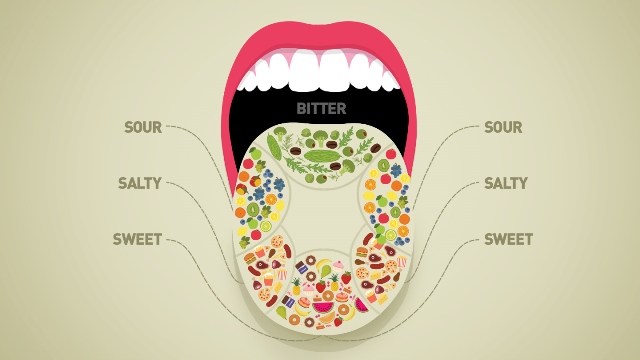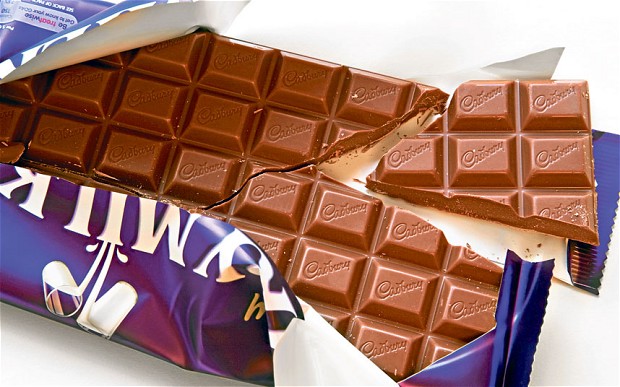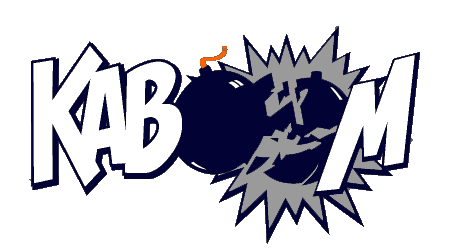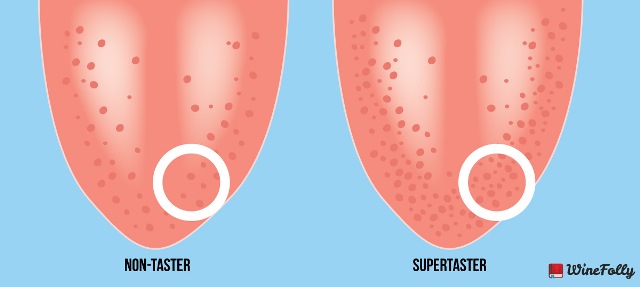The human tongue doesn’t have zones specializing in specific tastes, contrary to popular belief. So why did your fourth-grade teacher tell you they did and make you memorize each zone. Well, it turns out mostly because Mrs. D was full of crap and very possibly a decedent of the devil herself, punishing you for not learning them. I mean, how many times do you have to explain to her that you can taste sweetness and the other major tastes on every part of your tongue before she believes you and stops trying to teach you things that are obviously false?
The basics of taste

Photo courtesy drinkbai.com
Although the teachings still remain, the zones being bitter, sour, sweet and salty. For all the nerds out there, a new theory is in town. According to popular science magazine, our taste receptors sense six tastes rather than four, the other two being Umami (savory) and fats (with the latter being still questioned).
So was your teacher right to some extent? As it turns out, she was not that far off.
Taste and flavor

Photo courtesy telegraph.co.uk
When people in this day and age talk about the taste, they actually mean flavor. Taste or gustatory receptors are one of the sources, responsible for how a certain fruit or a type of cuisine tastes.
Is your mind blown? Let me elaborate. Flavor is the superset of a sense of taste, olfactory, temperature, texture, emotions & memories.
As a kid, who does not like chocolate? Would you like a cold chocolate bar or a melting one? I think we all know the answer to these.
All those people out there talking about mouth-feel smells and “depth of flavor” can all be understood using a simple chocolate bar.
How we taste

Photo courtesy of quizlet.com
The tongue, as we know, is covered with taste buds. These buds are also scientifically known as papillae, let me help you there, it’s pronounced as (pa-pi-lay). These are bud-like projections which encase taste/gustatory receptors. Five of them form one taste bud with one being for sweet, sour, bitter, salty & savory (umami) respectively.
According to Charles Darwin’s Theory of Evolution (1859), the taste was our tool for survival. Early humans used taste to distinguish – sweet substances were rich in calories and bitter were all skulls and bones.
The chemical responses by these receptors travel to the brain stem, which further move to the thalamus connecting to the gustatory cortex (i.e the brain).
Depth of flavor

Photo courtesy of comicraft.com
The teacher Mrs. D I mentioned above becomes important in this section. The tongue map proposed by Dr. David P Hänig (1901), actually stated that some areas have a certain preference but when the study was converted to English, it made all a different meaning of his paper and discovery.
What does depth actually mean? Like the coyote from the roadrunner show, the change in topography while falling is what depth of flavor turns out to be, with a kaboom at the end.
For example, have you had celery before? As you eat it, it starts off sweet and ends with a grassy and bitter aftertaste.
Supertaster and subtaster

Photo courtesy of winefolly.com
According to another article by popular science magazine, there are two types of tasters. Normally, a tongue has up to 10,000 taste receptors, but some have more. People with an acute sense of smell usually lie in this category.
Supertaster has more taste receptors making them somewhat of an expert in some sense. All those subtasters need to up their game now.
Do it yourself

Gif courtesy of don-draper-is-zen.tumblr.com
All you supertasters out there, this can become something to boast about. Place a drop of blue food dies on the tongue – if it’s all blue then I am sorry, you are a slave.
Just kidding! If some areas are not blue, it means you are a supertaster. These receptors are enclosed in enzymes that do not permeate color. If you are a supertaster then some celebration is in order.


